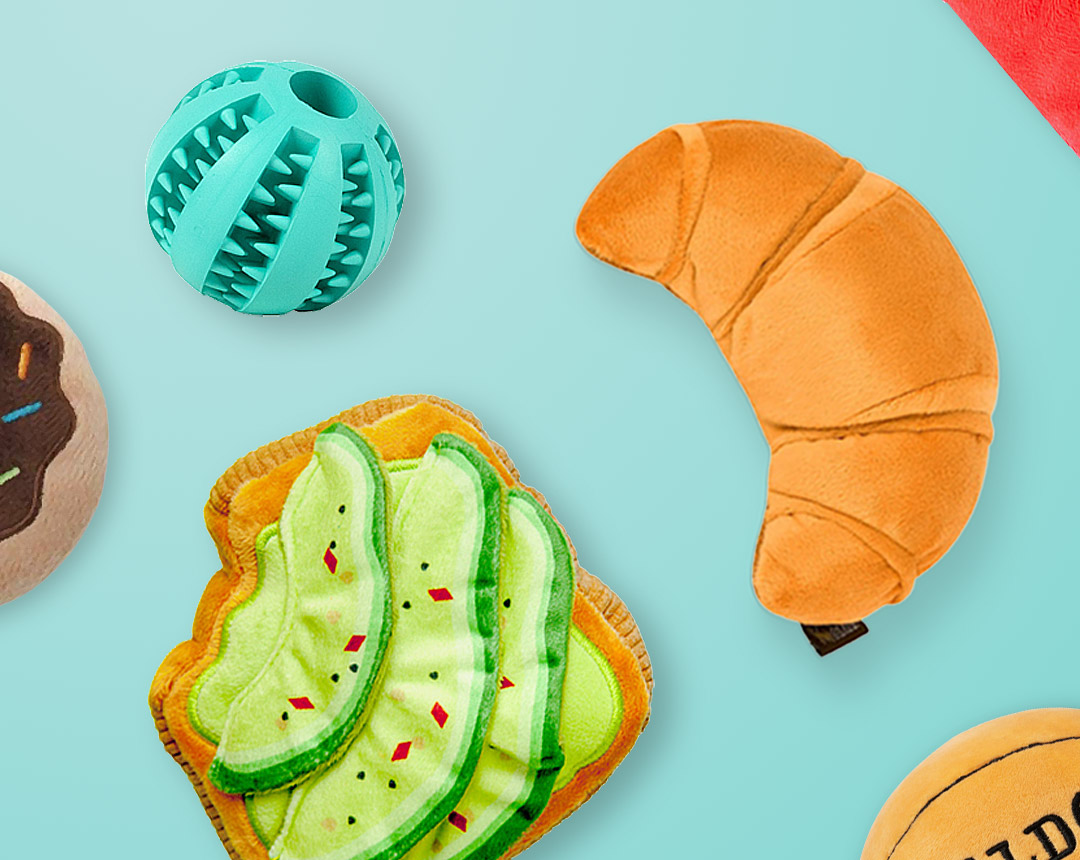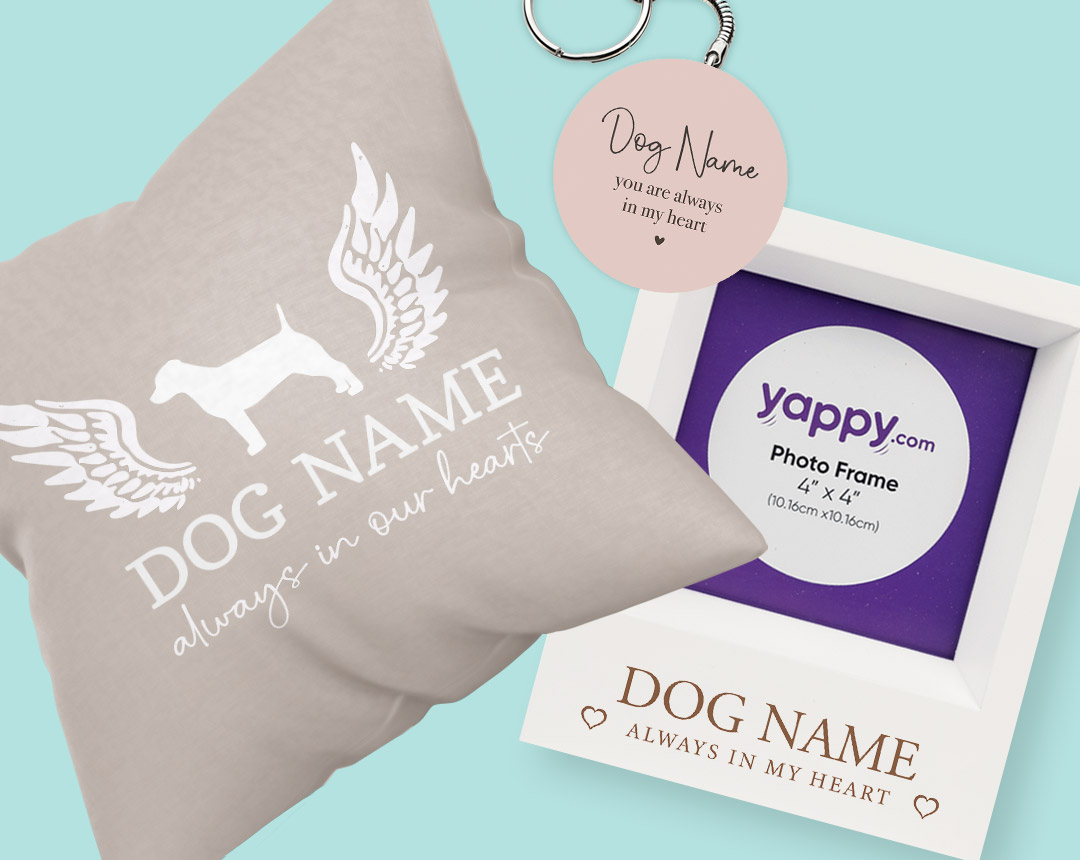Create Your Borzoi's Shop
Borzoi Breed Summary
Easy-Going, Docile, Sensitive, Independent and Affectionate
These dogs are a native breed to Russia and were originally used to hunt wolves! In Russian, their name translates to 'swift', which is no surprise due to their sleek and athletic build. The first person that owned one of these dogs in the UK was actually Queen Alexandra, though the breed has since become fairly popular across many parts of the world.
They are not the best breed for first-time owners as they are a very large dog, both in size and personality! For this reason, they need to be with experienced and knowledgeable owners who have already handled similar breeds.
Fun Fact: They have a 270-degree field of sight!
| Kennel Club Group | Hound |
| Lifespan | 10 - 12 Years |
| Height (at the withers) | Males 75cm - 85cm, Females 68cm - 78cm |
| Weight | Males 34kg - 48kg, Females 25kg - 41kg |
| Coat | Coats are Silky and can be either Flat, Wavy or Curly. The Hair is Soft and Silky |
| Colour | Black & White, Black Brindle, Black Sable, Blue, Blue & White, Blue Brindle, Blue Sable, Cream, Cream & White, Cream Brindle, Cream Sable, Fawn & White, Fawn Brindle, Fawn Sable, Gold & White, Gold Brindle, Gold Sable, Grey, Grey & White, Grey Brindle, Grey Sable, Lemon, Lemon & White, Lemon Brindle, Mahogany, Mahogany & White, Mahogany Brindle & White, Mahogany Sable, Red & White, Red Brindle, Red Sable, Red Sable & White, Self-Black, Self-Fawn, Self-Gold, Self-Red, Silver, Silver & White, Silver Brindle, Silver Sable, Tortoiseshell, Tortoiseshell & White, Tricolour, White, White & Black, White & Blue, White & Brindle, White & Cream, White & Fawn, White & Gold, White & Grey, White & Lemon, White & Mahogany, White & Red, White & Red Sable, White & Sable, White & Silver, White & Silver Sable, White & Tortoiseshell, Wolf Sable |
| Eye colour | Dark |
| Common health issues | Degenerative Myelopathy (CDRM), Congenital deafness, Hypothyroidism, Borzoi multifocal chorioretinal lesions, Primary lymphodema, Fibrinogen Factor 1, Cancer which includes osteosarcoma, Metabolic bone disease, Sensitivity to barbiturates and anaesthetic, Bloat/gastric torsion, Injuries to legs, Bed sores - a Borzoi needs a well-padded comfy dog bed |
| Other Names | Barzoï, Russian Wolfhound, Russian Hunting Sighthound, Russkaya Psovaya Borzaya, Psovoi |
To match their stunning looks, these dogs possess a very easy-going and docile nature. However, first-time owners should not be fooled. They are fairly difficult to train and can also be unapproachable if they decide to be in a mood! These dogs are sensitive, meaning training is made even more difficult, as they won't react well to harsh correction. They are also very independently led and may wander off if given the opportunity to do so. However, with their families, they can be highly affectionate and extremely loyal, forming very strong bonds with their 'hoomans'.
Although we are not aware of the Borzois exact origin, it is thought that they were developed back during the 9th and 10th centuries. It's also thought that they were developed using a Saluki, in order to create a sleek and graceful looking dog, that was also very agile. Although the Borzois may look super-sleek and shiny, they were originally used to hunt wolves during the 17th century! A Russian Duke imported a number of the dogs to Russia, after travelling to Arabia and unfortunately found that they were not adapted to the cold conditions, so he then bred them with native Russian breeds so that they were able to withstand the conditions. They have since become Russia's most well-known hound! They were soon known all over the world, although it wasn't until the 1930s that these dogs got their official breed name as they were previously called Russian Wolfhounds.





























